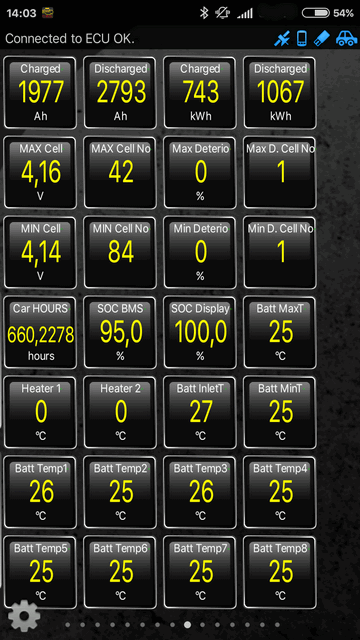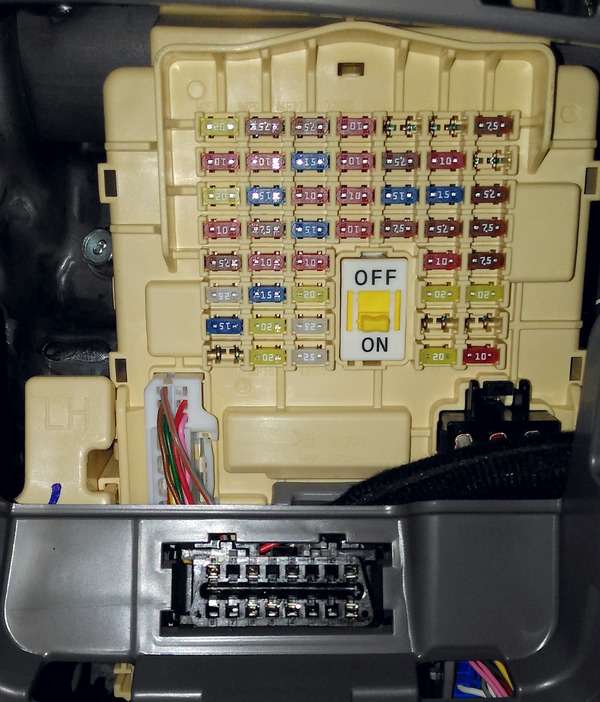smurfdaddy
New member
- Joined
- Jul 25, 2016
- Messages
- 1
Hello, I’m from Germany (sorry for my english) and soon KIA Soul EV driver!!!
For „best“ way of charging the battery, I have some questions, which I did not find in the maintenance instruction.
Perhaps someone could help me?:
Normally I drive near 40 km to work, where I could charge on 22kw. Back at home, again near 40 km, I only can charge on 220V. So in addition I drive near 80 km daily, but with interruption for work.
And now the questions:
1. I’ve heard, the best battery range should be between 20 to 80 percent. Not upper and not down. Is this correct? Some people say or I’ve read this in the forum in Germany, KIA has counted this in, so that the 20% are the 0% in the car display and the 80% are the 100%. Is this true? In first case I have 60% to drive, in second case I really have the 100% to drive.
2. Due to driving to work only 40 km should I charge there, or not? If, up to 80% or up to 100%?
3. Is it a problem for longlife of the battery to charge always up to 100%? When is the latest range (0%?) to charge?
4. How is it about in the wintertime? Works the battery heating automatically or should/must I set this up for my own (if, how can I do this)? When the battery has its operating temperature (after time or after driving route)?
5. How about on holidaytime, when the car is not in use for some days or some weeks? Which battery range is recommended?
6. How about using the radio, bluetooth mobile phone, climatic, heating, etc.
7. How about driving by open windows? I’ve heard this is not good for the battery range.
Do you have another hints for best charging and longlife battery?
Thanks a lot!
For „best“ way of charging the battery, I have some questions, which I did not find in the maintenance instruction.
Perhaps someone could help me?:
Normally I drive near 40 km to work, where I could charge on 22kw. Back at home, again near 40 km, I only can charge on 220V. So in addition I drive near 80 km daily, but with interruption for work.
And now the questions:
1. I’ve heard, the best battery range should be between 20 to 80 percent. Not upper and not down. Is this correct? Some people say or I’ve read this in the forum in Germany, KIA has counted this in, so that the 20% are the 0% in the car display and the 80% are the 100%. Is this true? In first case I have 60% to drive, in second case I really have the 100% to drive.
2. Due to driving to work only 40 km should I charge there, or not? If, up to 80% or up to 100%?
3. Is it a problem for longlife of the battery to charge always up to 100%? When is the latest range (0%?) to charge?
4. How is it about in the wintertime? Works the battery heating automatically or should/must I set this up for my own (if, how can I do this)? When the battery has its operating temperature (after time or after driving route)?
5. How about on holidaytime, when the car is not in use for some days or some weeks? Which battery range is recommended?
6. How about using the radio, bluetooth mobile phone, climatic, heating, etc.
7. How about driving by open windows? I’ve heard this is not good for the battery range.
Do you have another hints for best charging and longlife battery?
Thanks a lot!


